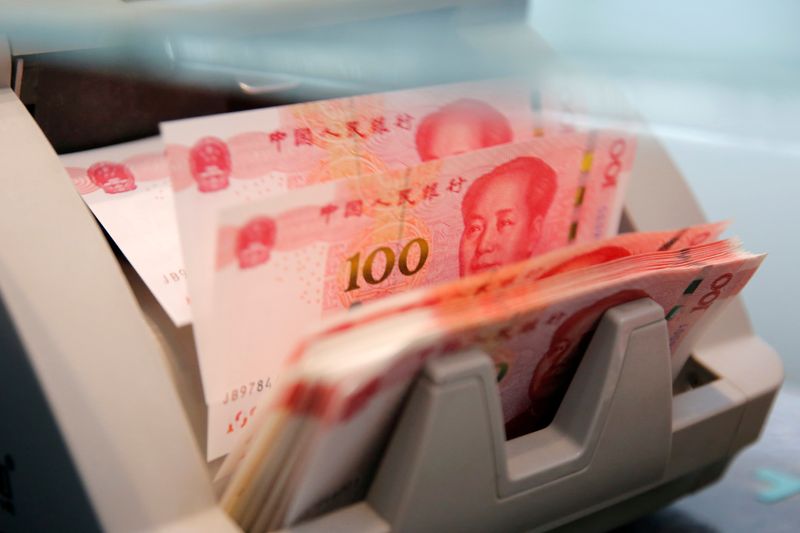Bank loans in China-weak demand
2022.12.12 06:54
[ad_1]

Bank loans in China-weak demand
Budrigannews.com – As the central bank attempts to bolster sluggish growth in the world’s second-largest economy, new bank lending in China rebounded less than anticipated in November.
According to People’s Bank of China (PBOC) data released on Monday, Chinese banks extended 1.21 trillion yuan ($173.48 billion) in new yuan loans in November, exceeding analysts’ expectations but nearly doubling October’s 615.2 billion yuan.
Reuters polled analysts and found that new loans in yuan would rise to 1.35 trillion yuan in November. New loans totaled 1.27 trillion yuan in November of the previous year.
Zhou Guannan, an analyst at Huachuang Securities, stated, “Due to the impact of COVID flare-ups, October new loans were weaker than expected.”
In contrast to a decrease of 18 billion yuan in October, household loans, including mortgages, increased to 262.7 billion yuan in November. In October, corporate loans increased to 883.7 billion yuan, up from 462.2 billion yuan.
According to data from the central bank, new loans totaled 19.91 trillion yuan between January and November, down from a record 19.95 trillion yuan in 2021.
More Turkey’s elections will be tough for Erdogan
Earlier this month, PBOC Governor Yi Gang stated that the central bank will concentrate on assisting the slowing economy. He also stated that domestic consumer inflation is likely to remain moderate in 2023.
With effect from December 5, the central bank decreased the reserve requirement ratio of banks by 25 basis points (bps), releasing approximately 500 billion yuan in long-term liquidity to support the faltering economy.
According to Wen Bin, chief economist at China Minsheng Bank, “COVID outbreaks and unstable expectations have created a continuous disturbance to credit extension.”
“To consolidate the foundation for economic stability and promote the steady expansion of bank lending and total social financing, we need to intensify policy.”
Policy sources and analysts have stated that the PBOC is likely to increase its structural tools’ targeted support for troubled sectors.
The country’s highest decision-making body, the Politburo, said last week that the government will focus on stabilizing growth, employment, and prices in 2023 while preventing and defusing major systemic risks.
Last week, China made the announcement that key components of its COVID control program would be eliminated. In an effort to stabilize the industry, it has also taken steps to alleviate a funding crisis affecting property developers.
However, according to economists, the road to recovery may be long and bumpy, particularly if the number of new infections rises and global demand remains weak.
“Our view is that regardless of whether limitations keep on being facilitated, a returning flood of diseases will keep homegrown movement and credit request discouraged in the close to term,” Capital Financial matters said in a note.
The economy of China expanded by only 3% in the first three quarters of this year, and the economy is expected to expand by about 3% for the entire year, well below the official target of 5.5%.
According to central bank data, the broad M2 money supply increased by 12.4% from a year earlier, exceeding the 11.7% forecast in the Reuters poll. M2 grew by 11.8% in October compared to a year earlier.
The number of outstanding yuan loans increased by 11.0% in November compared to October’s growth of 11.1%. Experts had anticipated 11.1% development.
Outstanding total social financing (TSF), a broad indicator of the economy’s credit and liquidity, decreased to 10.0% in November from 10.3% in October, its lowest level since October 2021.
Initial public offerings, loans from trust companies, and bond sales are examples of off-balance sheet forms of financing that exist outside of the conventional banking system and are included in TSF.
TSF increased by 1.99 trillion yuan in November from 907.9 billion yuan in October. Reuters polled analysts and predicted a 2.10 trillion yuan TSF in November.







